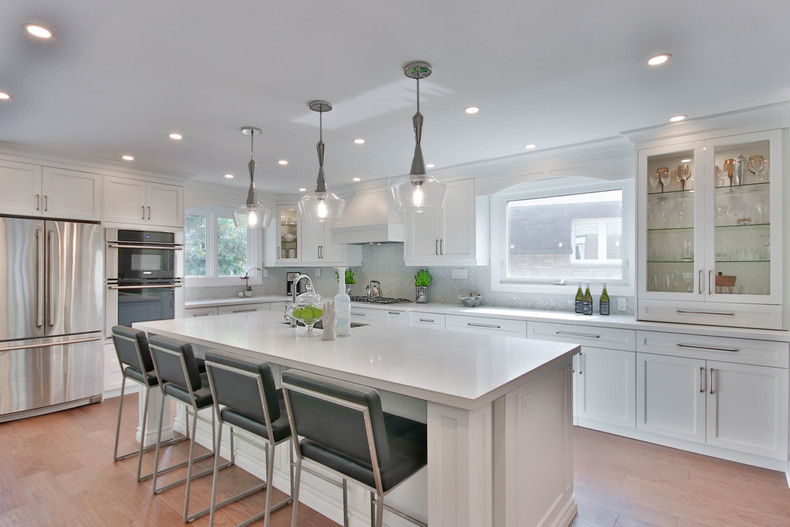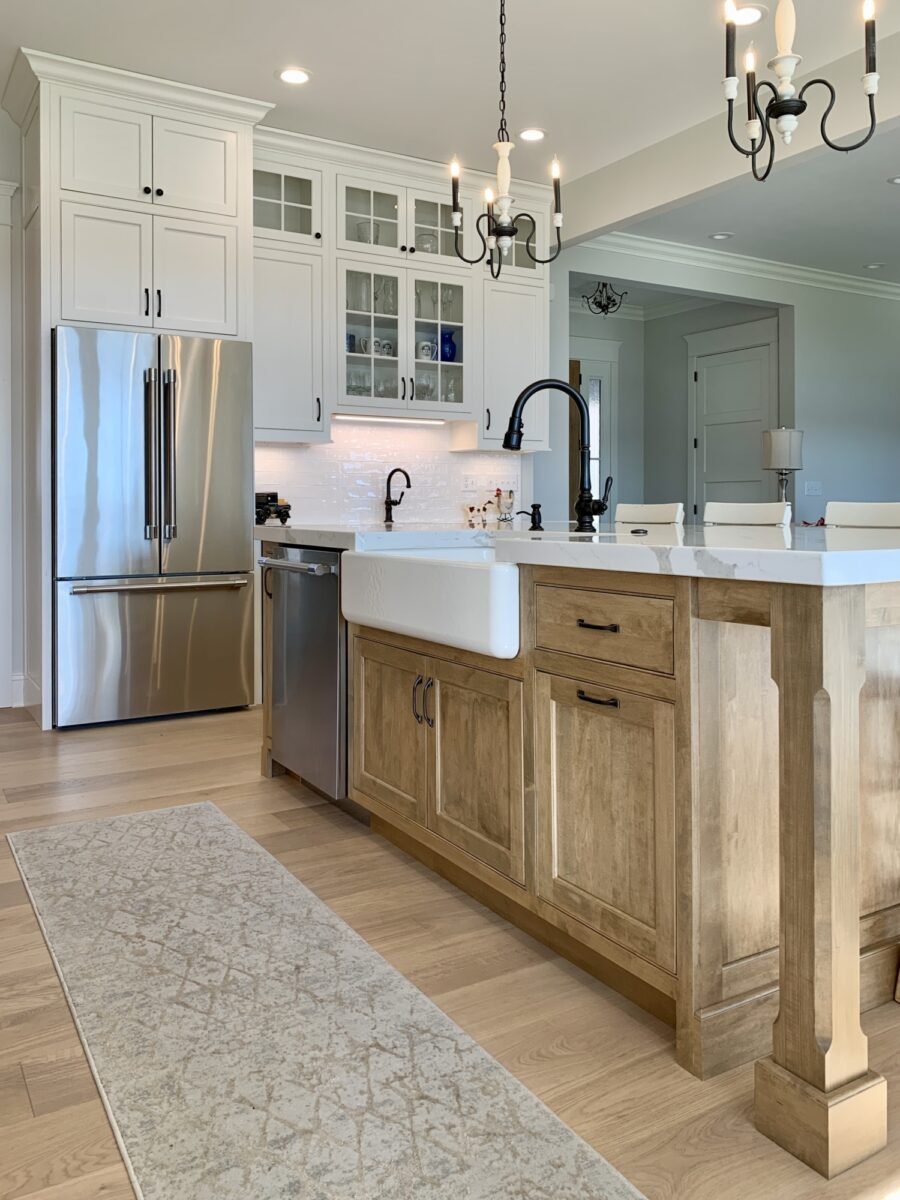Vital Elements to Consider When Selecting Legs For Cooking Area Island
Picking the proper legs for a kitchen area island involves a mindful analysis of several factors that can significantly affect both performance and aesthetic allure. Among these, the choice of product plays a critical role in making certain toughness, while the style must enhance the existing design. Considerations such as elevation and weight support are crucial for stability and convenience. As we check out these elements, it ends up being clear that each decision can have significant implications for the total kitchen experience. What subtleties should be considered in each of these classifications to achieve the suitable balance?
Material Options
When selecting legs for a kitchen area island, recognizing the various material choices is essential for accomplishing both visual allure and structural integrity (Legs For Kitchen Island). The option of product significantly influences not only the toughness of the island yet also its overall style and performance
Timber is a preferred choice, providing warmth and adaptability. Strong woods, such as oak or maple, provide strength and can be discolored or painted to match the kitchen area decoration. Steel legs, usually made from stainless steel or wrought iron, contribute a industrial and contemporary feel while making sure longevity and stability. These products are immune to put on and can sustain significant weight, making them ideal for larger islands.
An additional alternative is crafted products, like MDF or plywood, which can be a lot more economical while still offering a variety of finishes. Nonetheless, they might not supply the exact same level of stability as strong timber or metal. Finally, materials such as acrylic or glass can develop a modern look, though they may call for extra support to make certain stability.
Inevitably, the option of product for kitchen island legs need to line up with the desired capability and the total style of the cooking area.
Style and Layout

When considering style, the shape and finish of the legs are crucial. Tapered legs can offer a sense of lightness and style, while thicker, more durable legs can share toughness and security. Furthermore, the surface-- be it painted, stained, or natural-- should enhance the kitchen cabinetry and kitchen counter products to produce a unified look.
Moreover, the design of the legs can also mirror individual taste. Customized or decorative legs, such as those featuring detailed makings or distinct geometric shapes, can function as focal factors, adding character and individuality to the kitchen area. Eventually, the right choice will certainly not only enhance capability however also boost the visual appeal, making the cooking area island a standout function of the home.
Height Factors To Consider
Picking the suitable elevation for kitchen island legs is vital, as it directly affects both capability and comfort. The common elevation for a kitchen island normally varies from 36 to 42 inches, lining up with typical kitchen counter heights.

It is also vital to make up individuals' heights and choices. Personalizing the elevation can make sure a comfortable experience for all relative, making the cooking area island a much more practical and enjoyable area.
Weight Support
Making certain sufficient weight assistance for kitchen area island legs is vital for both safety and security and functionality. The cooking area island typically offers several objectives, including cooking, dining, and extra storage space, requiring a durable support framework. When picking legs, it click to investigate is important to take into consideration the overall weight ability required based on the island's planned use and the materials that will certainly be placed on it.
The choice of product for the legs plays a significant role in their weight-bearing capacities. Strong wood, metal, and sturdy composites typically give superior stamina contrasted to lighter products. In addition, the design of the legs-- whether they are directly, tapered, or have a pedestal kind-- can affect their ability to distribute weight successfully throughout the framework.
Moreover, the leg placement ought to be tactically intended to boost security. Legs placed at the corners or with a wider base can better support much heavier tons. Constantly consult the producer's specs relating to lots restrictions to make certain that the legs can maintain the desired weight without endangering safety and security. In recap, picking click here for info kitchen island legs with adequate weight assistance is essential for creating a safe and functional culinary space.
Installment and Maintenance
Proper installment and maintenance of cooking area island legs are essential for making sure durability and security. To begin, it is vital to adhere to the maker's guidelines throughout setup. This typically involves safeguarding the legs to the space station using ideal fasteners, ensuring that the legs are degree and lined up. Making use of a level device can assist prevent tottering and enhance the total aesthetic allure of the kitchen island.
Once set up, normal maintenance is needed to preserve the stability and look of the legs - Legs For Kitchen Island. For wooden legs, regular cleansing with a damp fabric and application of ideal wood polish can stop moisture damage and preserve their coating. Metal legs may call for a gentle cleaning option to get rid of grease and gunk, adhered to by a completely dry cloth to stop corrosion formation
Additionally, examine the legs consistently for indicators of wear or damages, such as cracks or loose joints. Tightening screws or bolts as needed can also prolong the lifespan of the legs. By adhering to these installation and maintenance practices, property owners can make sure that their cooking area island stays tough and aesthetically appealing for years ahead.
Verdict

Aesthetic coherence is extremely important in selecting the style and style of legs for a kitchen area island, as these components significantly influence the general atmosphere of the room. Tapered legs can provide a sense of agility and style, while thicker, a lot more durable legs can share toughness and security.Picking the ideal elevation for kitchen island legs is essential, as it directly impacts both functionality and comfort. In summary, selecting kitchen island legs with adequate weight assistance is essential for creating a secure and useful cooking area.
In final thought, selecting legs for a kitchen island necessitates mindful factor to consider of different aspects, including material alternatives, design, height, weight support, and installation.
Comments on “Produce a Stunning Centerpiece with Classy Legs For Kitchen Island”